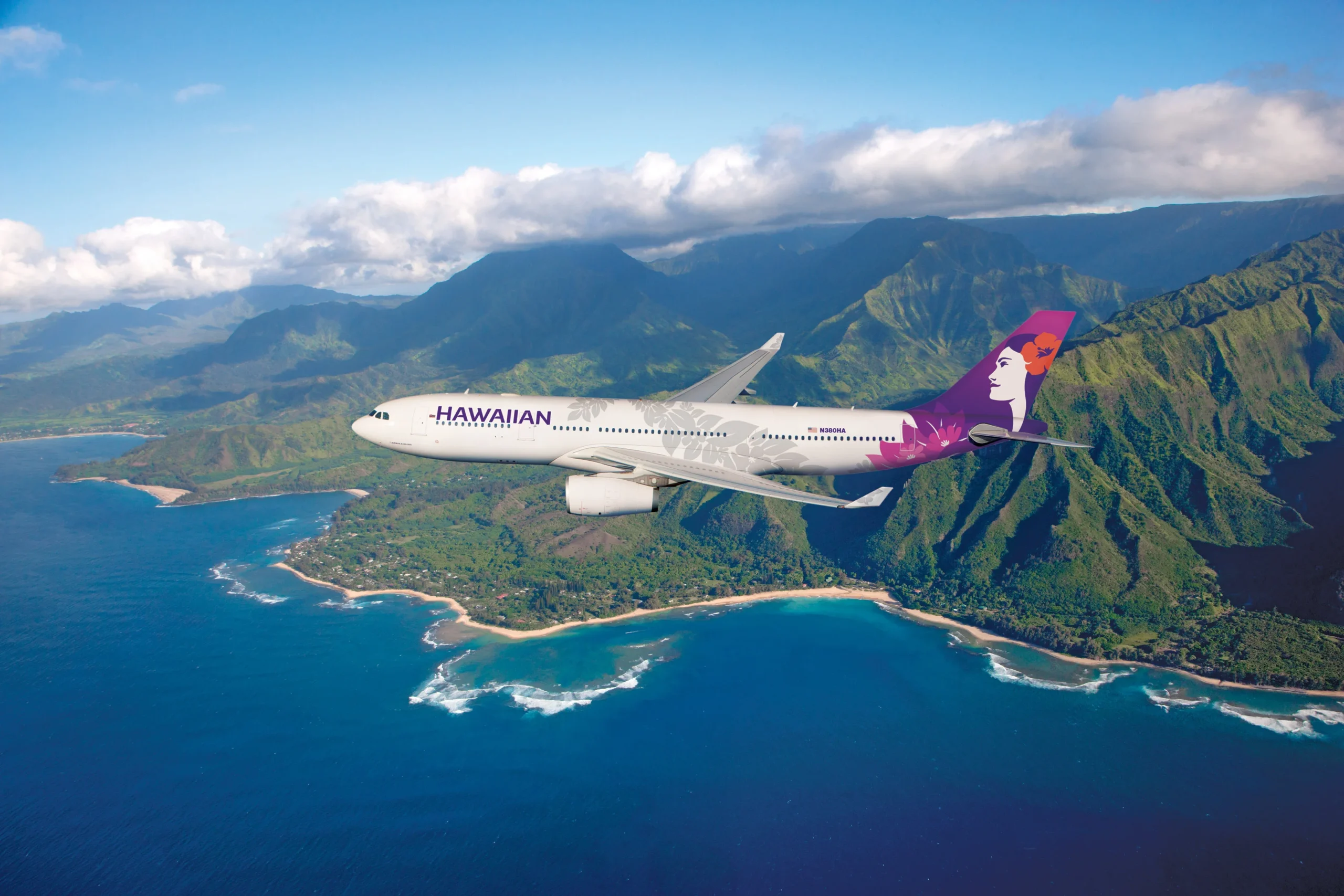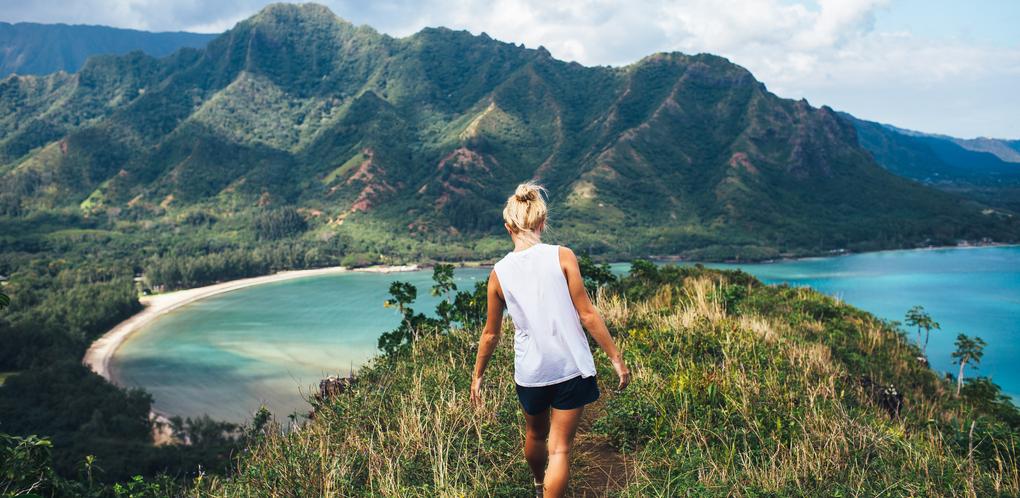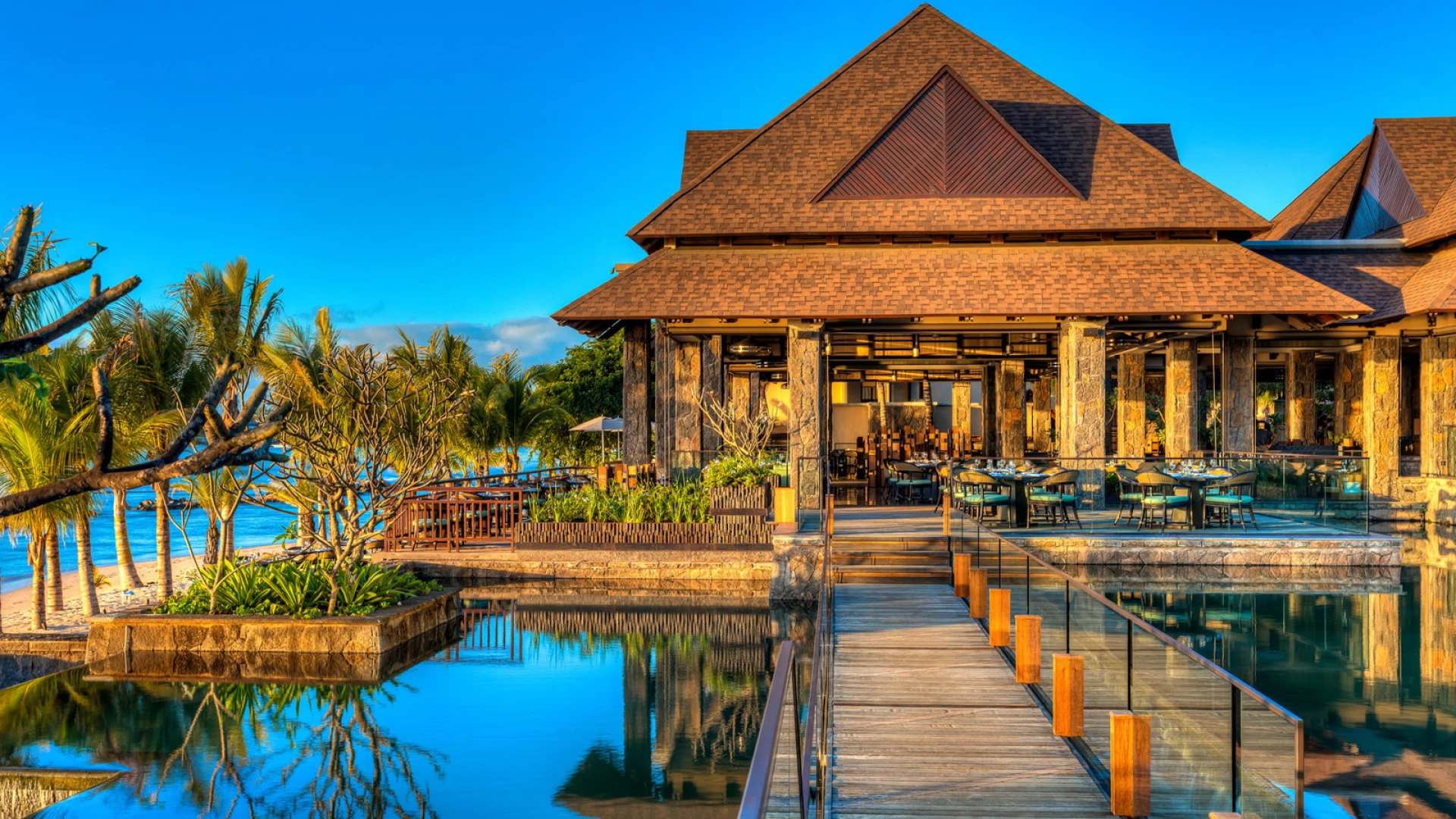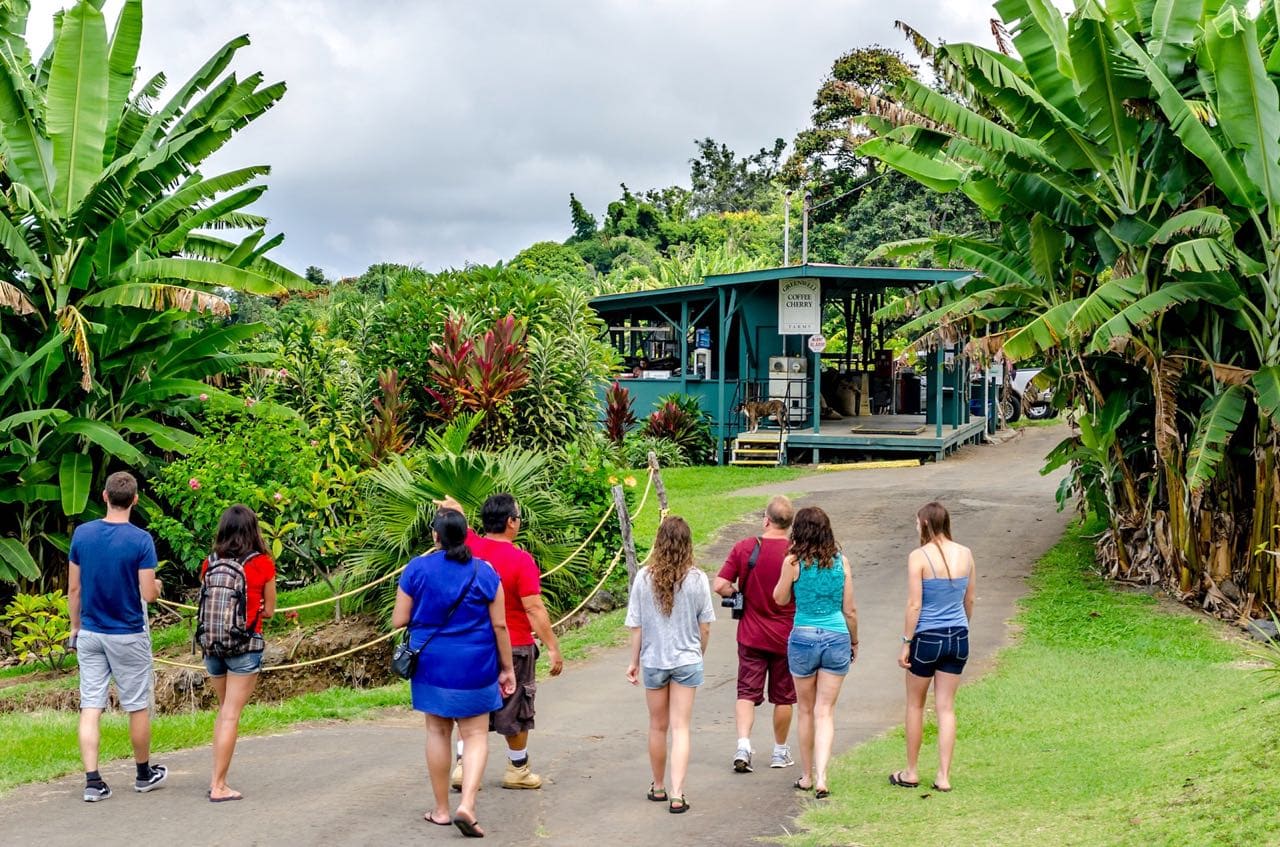Hawaii, the enchanting archipelago in the Pacific Ocean, beckons travelers with its stunning beaches, lush landscapes, and vibrant culture. But before you can sink your toes into the warm sand, one question looms large: how long does it take to fly to Hawaii? This inquiry is more complex than it may seem at first. Flight durations vary significantly based on various factors, including your departure location, the specific islands you’re visiting, and whether your flight is non-stop or includes layovers.
In this article, we’ll delve into everything you need to know about flying to Hawaii, providing tips for a smooth journey, insights into flight times from different parts of the world, and advice for maximizing your time in this tropical paradise.
1. Understanding Flight Durations
1.1 Factors Influencing Flight Time
When considering how long does it take to fly to Hawaii, several factors come into play:
- Distance: The further you are from Hawaii, the longer your flight will be. The distance between your departure city and Hawaii is the most straightforward determinant of flight time.
- Direct Flights vs. Layovers: Non-stop flights are the quickest option. However, if you have to connect through another city, this can significantly increase your travel time.
- Wind Patterns: Flights are often affected by prevailing wind patterns. For instance, flying with a tailwind can shorten your flight time, while a headwind can lengthen it.
1.2 Average Flight Times from Major Cities
- From the West Coast:
- Los Angeles: Approximately 5 to 6 hours.
- San Francisco: About 5 hours.
- Seattle: Around 6 to 7 hours.
- From the East Coast:
- New York City: Roughly 10 to 12 hours, including layovers.
- Miami: Approximately 8 to 10 hours with layovers.
- International Departures:
- Vancouver, Canada: About 6 hours.
- Sydney, Australia: Around 10 to 14 hours, depending on layovers.
2. Detailed Breakdown of Flight Routes
2.1 West Coast Flights
2.1.1 Non-Stop Options
From cities like Los Angeles, San Francisco, and Seattle, numerous airlines offer non-stop flights to major Hawaiian islands like Oahu, Maui, and the Big Island. These flights are popular because they minimize travel time and provide a more direct experience. You Can Also Read This Jaws Hawaii: The Ultimate Surfing Adventure
2.1.2 Airlines and Their Offerings
Major airlines operating on these routes include Hawaiian Airlines, Alaska Airlines, and United Airlines. Each airline may offer slightly different flight times, amenities, and prices.
2.2 East Coast Flights
2.2.1 Connecting Flights
For travelers coming from the East Coast, non-stop options are limited. Most flights will require a layover, typically in cities like Los Angeles or San Francisco. This increases the overall travel time significantly.
2.2.2 Popular Routes
Airlines like American Airlines, Delta, and JetBlue often provide connections through West Coast cities. The layover times can vary, sometimes adding several hours to your trip.
2.3 International Flights
2.3.1 From Canada and Australia
For travelers from Canada or Australia, flight times can vary widely. Direct flights are available from Vancouver, while those from Australia usually require at least one stop, often in Los Angeles.
2.3.2 Tips for International Travelers
Make sure to check visa requirements and travel restrictions, especially when flying from countries outside the U.S.
3. Preparing for Your Flight
3.1 Booking Your Ticket
3.1.1 Timing Your Purchase
To get the best prices, it’s advisable to book your flight well in advance. Prices tend to rise as the departure date approaches.
3.1.2 Using Fare Alerts
Many travel websites and apps allow you to set fare alerts, notifying you when prices drop for your desired route.
3.2 Packing for Hawaii
3.2.1 Essentials for Your Carry-On
When flying to Hawaii, pack essentials like sunscreen, swimwear, and light clothing in your carry-on bag. You never know when you might want to hit the beach upon arrival!
3.2.2 Checked Luggage
Consider the weight restrictions of your airline to avoid extra fees. If you plan to hike or explore, ensure you have appropriate footwear and clothing.
3.3 Comfort During the Flight
3.3.1 Dress in Layers
Airplane cabins can be unpredictable in temperature. Dressing in layers allows you to adjust your comfort level as needed.
3.3.2 Entertainment Options
Long flights can be tedious. Bring books, movies, or games to keep yourself entertained. Don’t forget headphones and chargers for your devices.
4. Dealing with Jet Lag
4.1 Understanding Jet Lag
Jet lag occurs when your body’s internal clock is out of sync with the new time zone. Hawaii operates on Hawaii-Aleutian Standard Time, which is behind Pacific Time by two hours.
4.2 Tips for Minimizing Jet Lag
4.2.1 Gradual Time Adjustment
A few days before your departure, try to gradually adjust your sleeping schedule to align more closely with Hawaii’s time zone.
4.2.2 Stay Hydrated
Drink plenty of water during your flight. Dehydration can worsen the effects of jet lag.
4.2.3 Move Around
If possible, get up and stretch or walk around during your flight. This can help reduce stiffness and improve circulation.
5. Arriving in Hawaii
5.1 Customs and Immigration
Once you land, be prepared to go through customs and immigration. Make sure to have all necessary documents ready, including identification and any required forms.
5.2 Transportation Options
5.2.1 Renting a Car
Many visitors choose to rent a car to explore the islands. There are several rental companies available at the airport.
5.2.2 Public Transportation
For those on a budget, public transportation can be a good option. Buses operate on major islands and can take you to popular destinations.
6. Exploring the Hawaiian Islands
6.1 Oahu
6.1.1 Must-See Attractions
Oahu is home to iconic sites like Waikiki Beach, Pearl Harbor, and the North Shore’s famous surf spots.
6.1.2 Local Culture
Experience the local culture through hula shows, luaus, and traditional Hawaiian cuisine.
6.2 Maui
6.2.1 Scenic Drives
The Road to Hana offers breathtaking views and is a must-do for nature lovers.
6.2.2 Outdoor Activities
Maui is famous for its snorkeling spots and hiking trails, including the Haleakalā National Park.
6.3 The Big Island
6.3.1 Volcano Exploration
Visit Hawaii Volcanoes National Park to see active lava flows and unique geological features.
6.3.2 Stargazing
The Big Island’s high elevation provides some of the best stargazing opportunities in the world. Visit the home page of Hawaiian Page
Conclusion
When asking how long does it take to fly to Hawaii, remember that flight times can vary widely based on your location, the type of flight, and other factors. By understanding these details, planning ahead, and preparing for your journey, you can make the most of your trip to this beautiful destination.
Hawaii is more than just a travel destination; it’s an experience filled with adventure, relaxation, and cultural richness. As you plan your trip, keep in mind the various aspects of flying to Hawaii to ensure your journey is as enjoyable as your destination.



